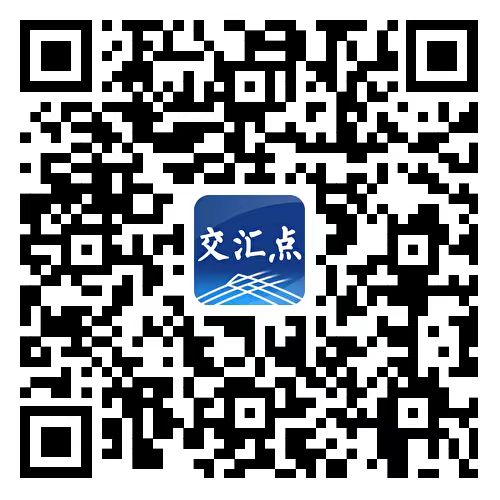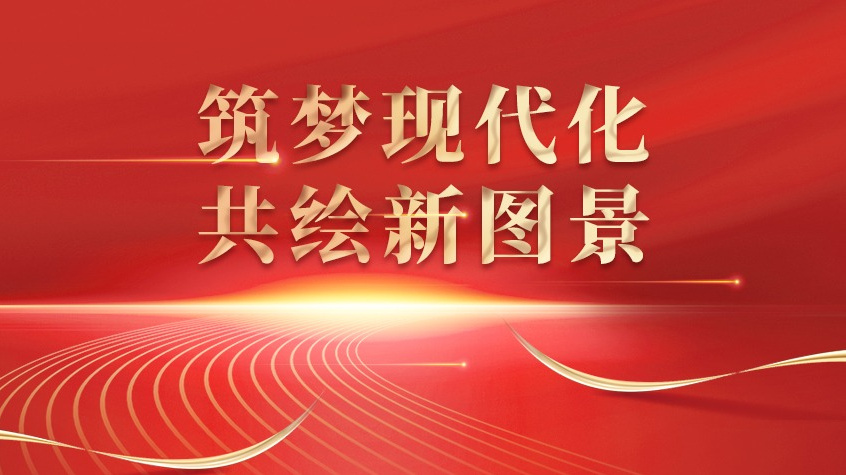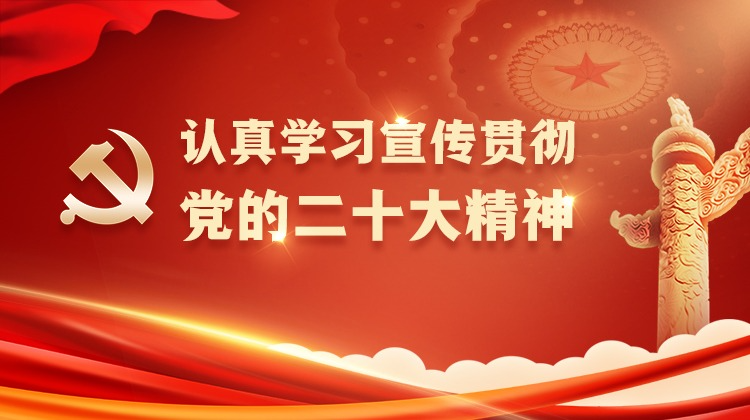(ECNS) -- Leaders from China and the Association of Southeast Asian Nations (ASEAN) announced that the Version 3.0 China-ASEAN Free Trade Area (FTA) negotiations have achieved a substantial conclusion at the 27th China-ASEAN Summit on Thursday, according to Chinese Ministry of Foreign Affairs.
The substantial conclusion of negotiations on the updated version reflects the contracting parties’ commitment to maintaining a rules-based trade environment, the ministry said, demonstrating their firm determination to accelerate post-pandemic economic recovery by deepening economic integration and cooperation.
The updated version focuses on digital trade and sustainable development as well as providing ongoing support to micro, small and medium enterprises. It aims to build a stronger and more resilient supply chain, keeping trade and investment markets open for long-term growth.
Contracting parties from China and the ASEAN have achieved significant results in nine areas including digital economy, green economy and supply chain interconnectivity, expanding mutually beneficial cooperation in emerging fields based on the existing areas of the China-ASEAN FTA agreement (ACFTA) and the Regional Comprehensive Economic Partnership (RCEP).
The results have strengthened mutually beneficial cooperation in emerging areas, enhanced connectivity in standards and regulations, and promoted trade facilitation and inclusive development, thus holding significant pioneering importance.
To begin with, China and ASEAN have for the first time reached the highest-level provisions concerning the digital economy, green economy, and supply chain interconnectivity within their respective trade agreements.
They also clarified that the Global Development Initiative will serve as a fundamental principle for cooperation, engaging in in-depth experience sharing and policy exchanges in eight priority areas to promote trade and investment cooperation in green industries.
Moreover, for the first time, China and ASEAN have been committed to referring to each other's standards while formulating their own, encouraging mutual recognition of conformity assessment results.
Conformity assessment procedures prioritize sectors such as new energy vehicles and electronics, which helps establish an institutional framework for aligning standards between the two parties.
Furthermore, for trade facilitation, the two parties have enhanced customs procedures and quarantine measures beyond their existing ACFTA and RCEP.
All these improvements contribute to building an inclusive and sustainable regional economy as well as supporting the digital transformation of China and ASEAN.
Driven by the FTA, China has maintained its position as ASEAN's largest trading partner for 15 consecutive years, while ASEAN has been China's largest trading partner for four consecutive years, according to the Ministry of Commerce.
The FTA has become the institutional cornerstone of China-ASEAN economic and trade relations. The updated version is committed to effectively addressing global challenges.







 新华报业网
新华报业网














 Android版
Android版
 iPhone版
iPhone版




